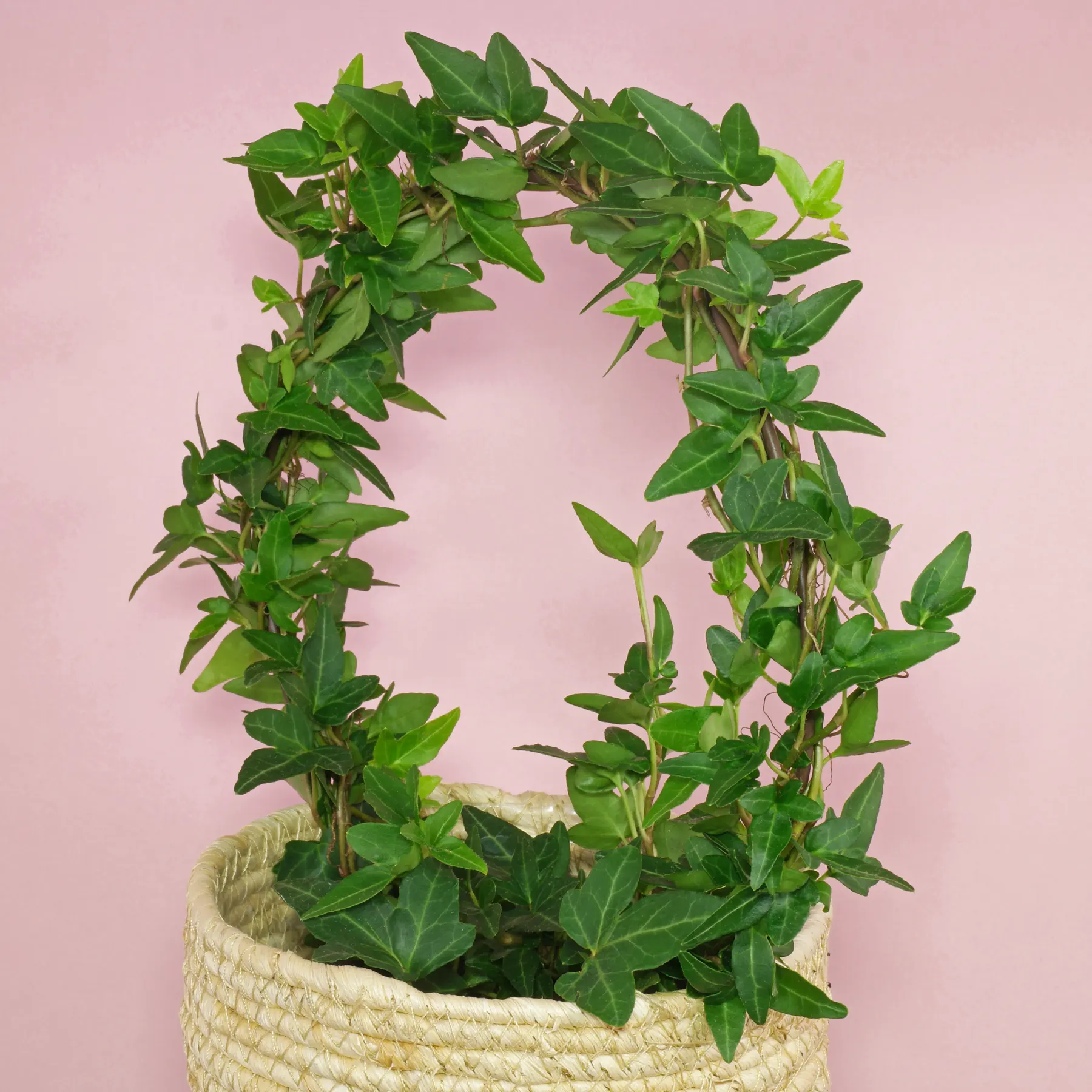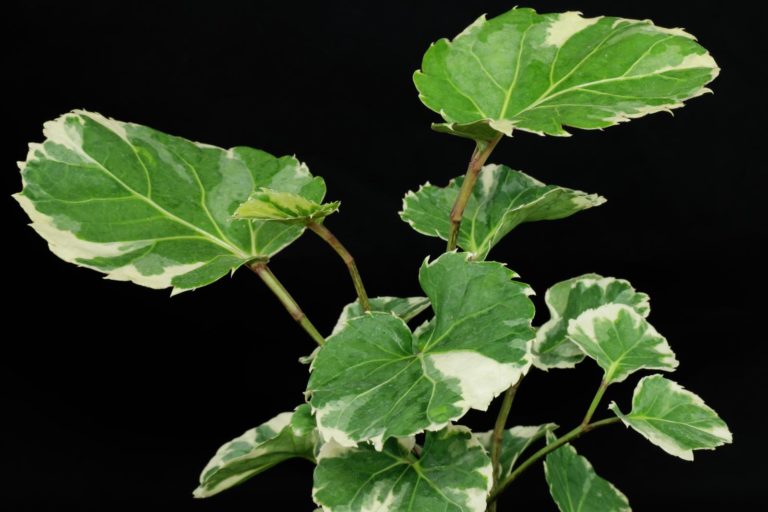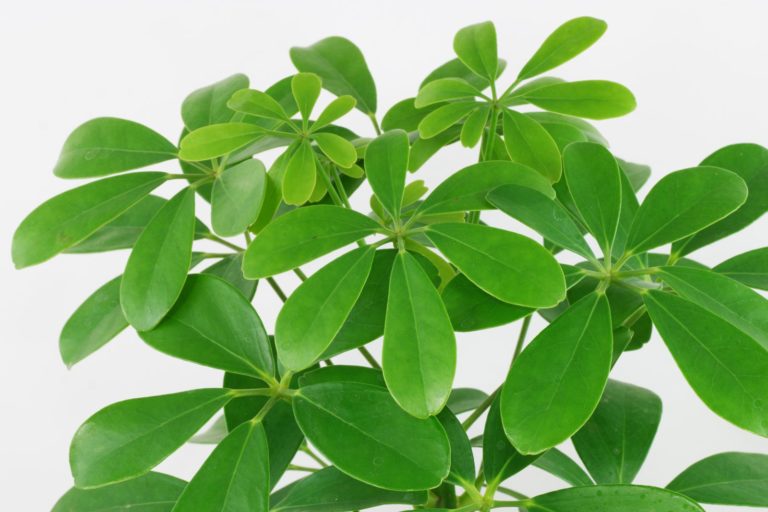Ivy, Common Ivy, English Ivy, European Ivy
Ivy (Hedera helix) is a climbing plant and can grow wild over 20 meters long. In the garden, it is used as ground cover or for greening facades. However, it is also well suited for care in pots, as a balcony plant or as an indoor plant.
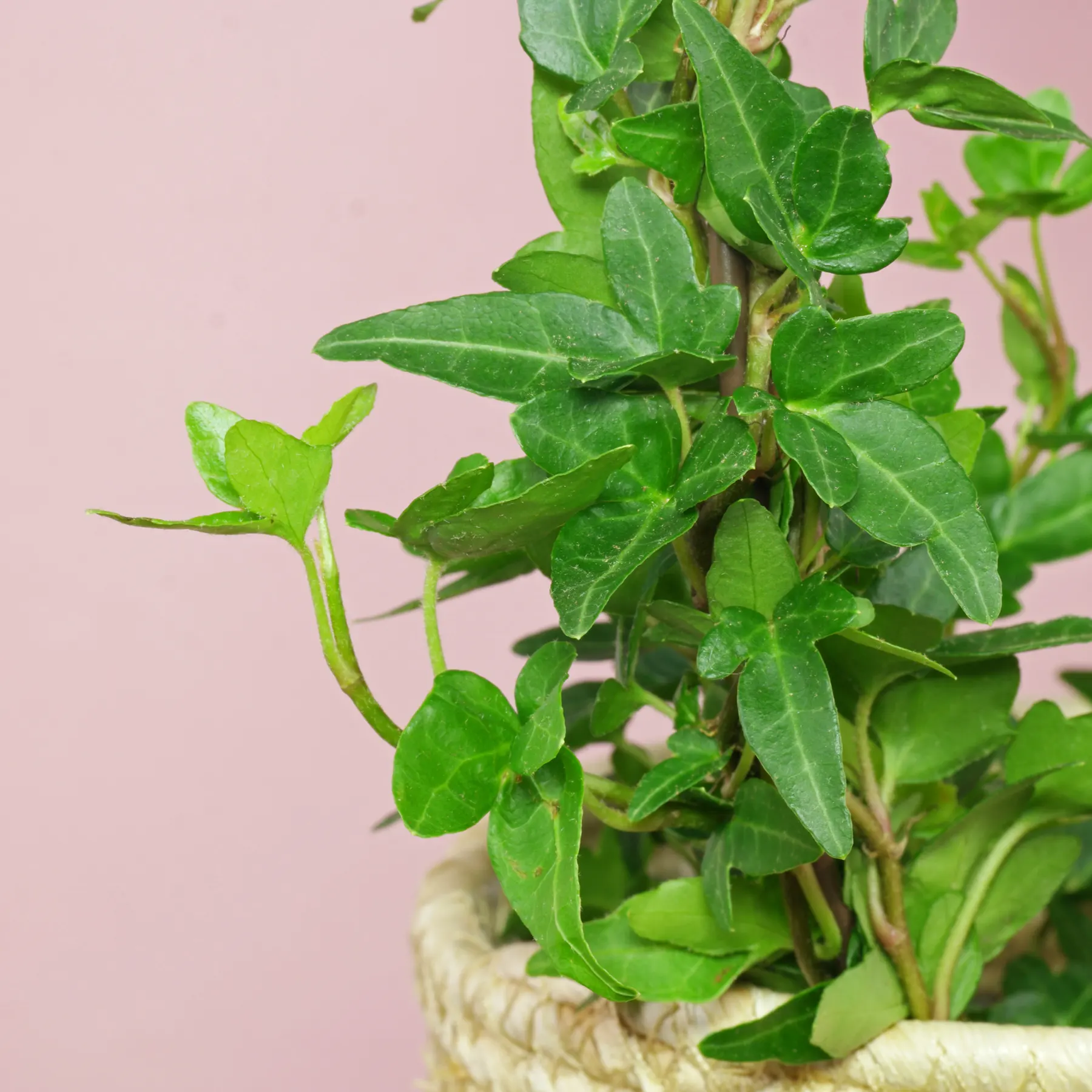
Care
Lighting
Hedera helix can be placed in partial shade to full sun. If the pot is not too small, so that the soil dries out quickly, it tolerates hot summer sun.

Soil
Ivy does not require a special substrate. It can be planted in regular mixes for indoor plants, container plants, palms, succulents, herbs or vegetables.

Watering
The root ball can dry moderately between waterings. The short-term drying, for a maximum of one day and if this is not happening regularly, does not harm.
Nor is it harmful if there is water in the saucer for a few hours.

Feeding
Liquid fertilizer for green plants or flowering plants can be given monthly from spring to fall. Slow release fertilizer such as sticks or pellets in spring and summer.
Do not fertilize the first year after purchase or repotting. Most substrates are pre-fertilized.

Temperature
Ivy grows well at room temperature year-round, but can also be wintered cold to temperate, at 32 °F to 59 °F (0 °C to 15 °C).
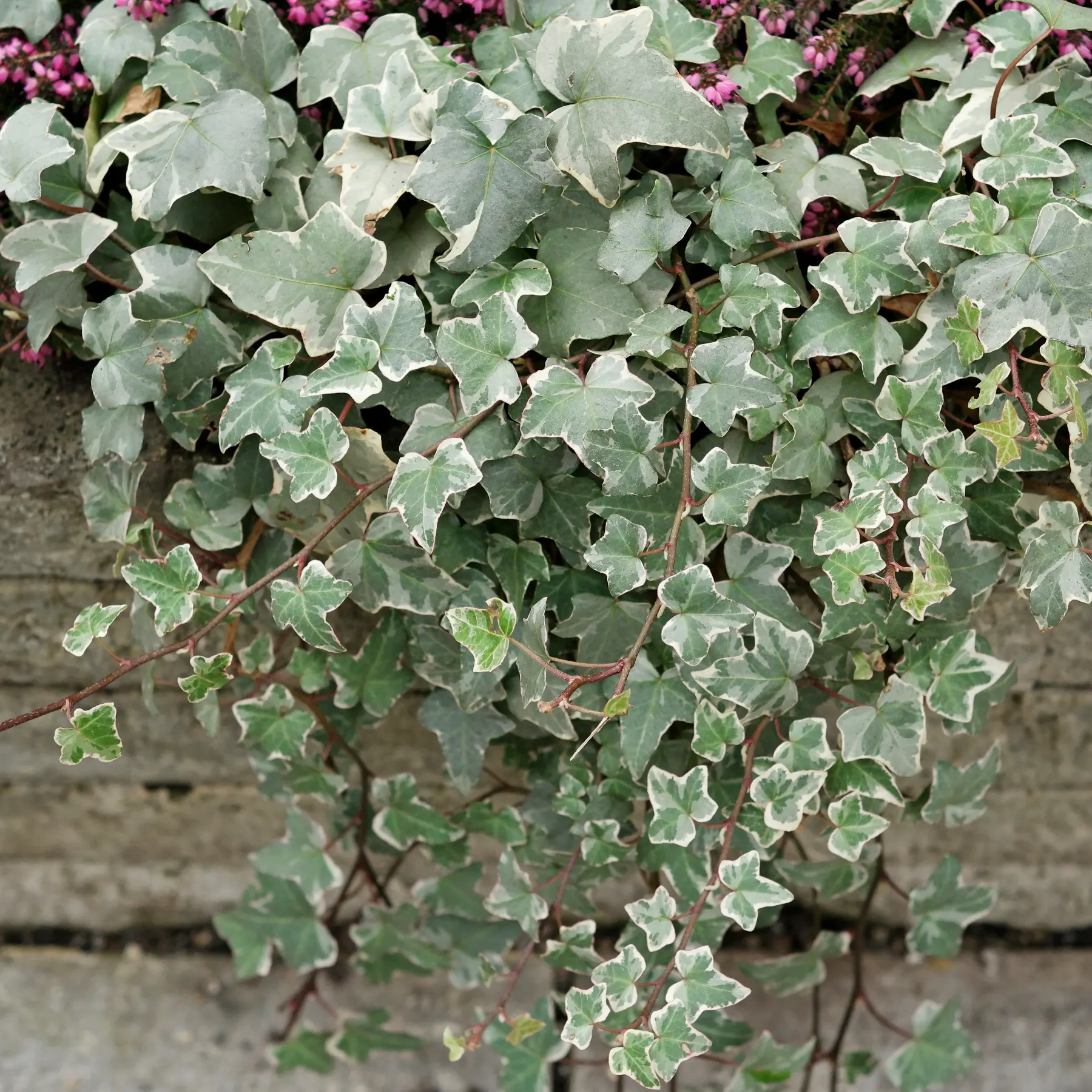
Ivy as a balcony plant
Care for Ivy as a container plant on the balcony differs from that indoors only in one aspect: wintering.
Hedera helix is hardy and can be kept on the balcony all year round.
Since the pot ball can dry out during permafrost, it is better to place it frost-free during this period.
